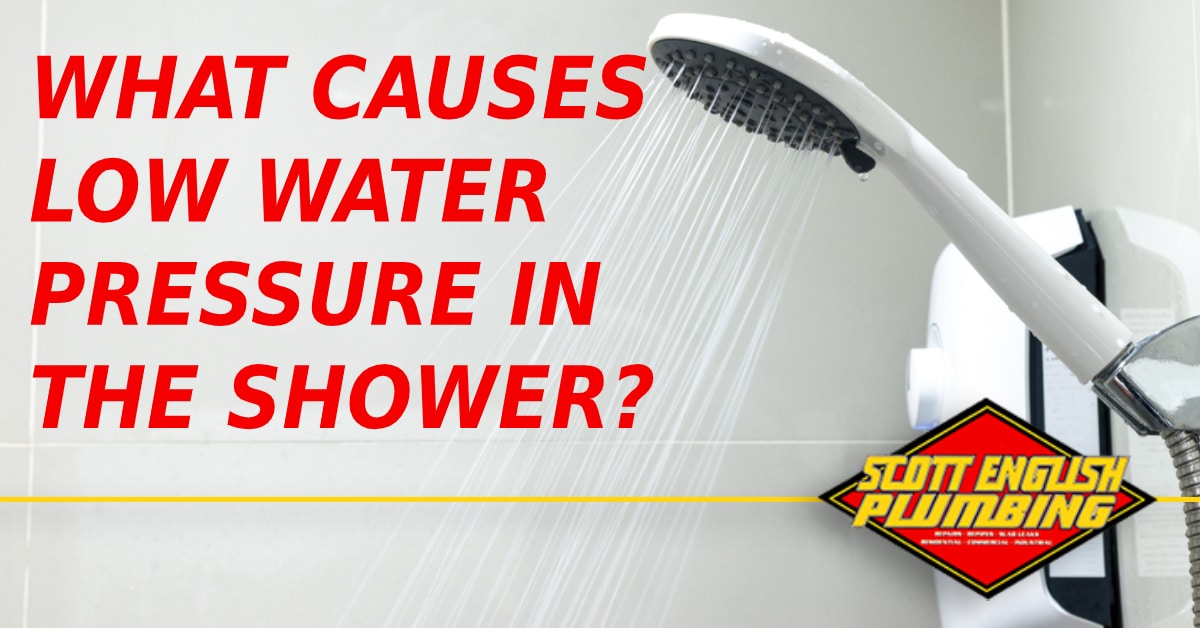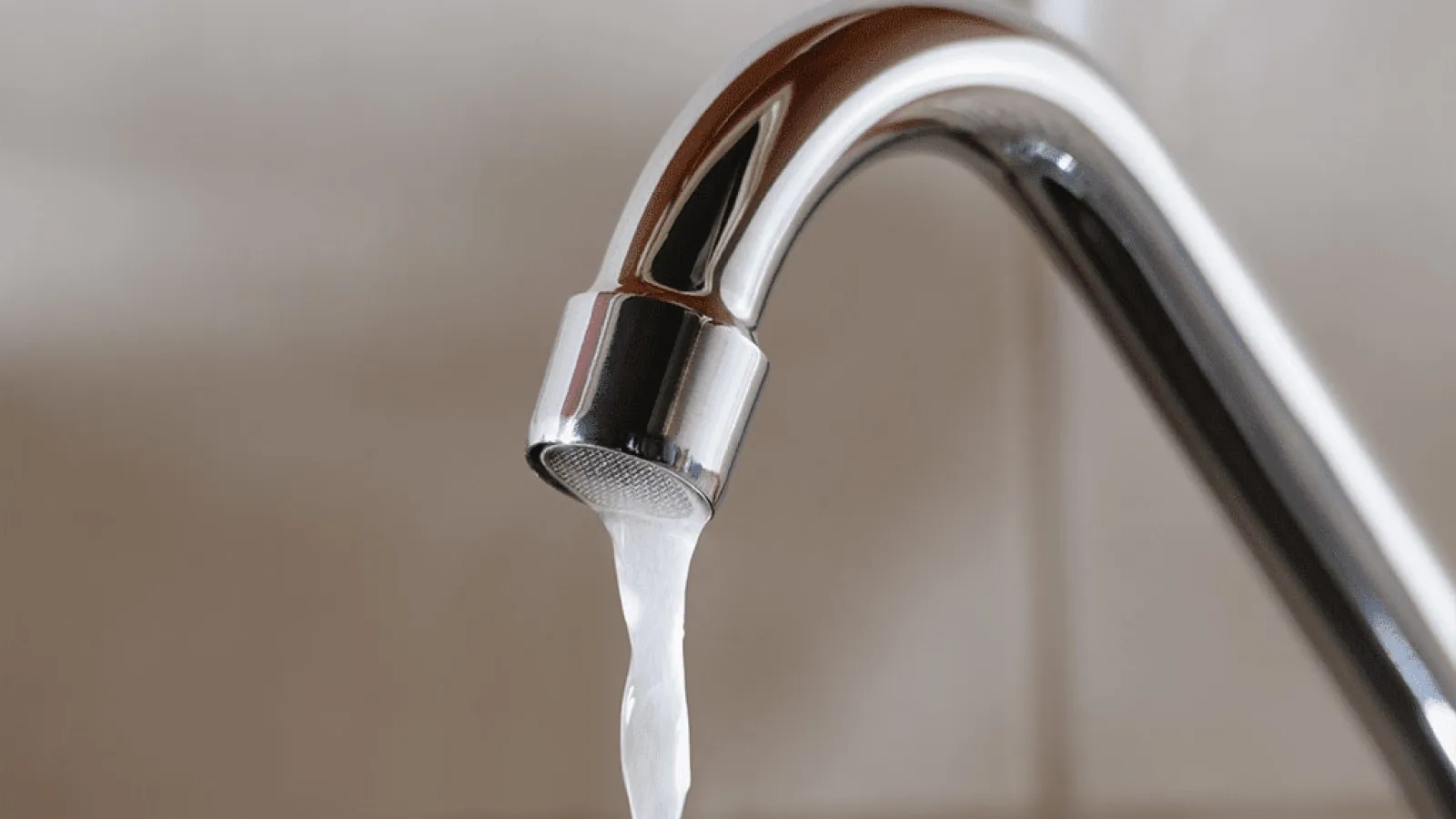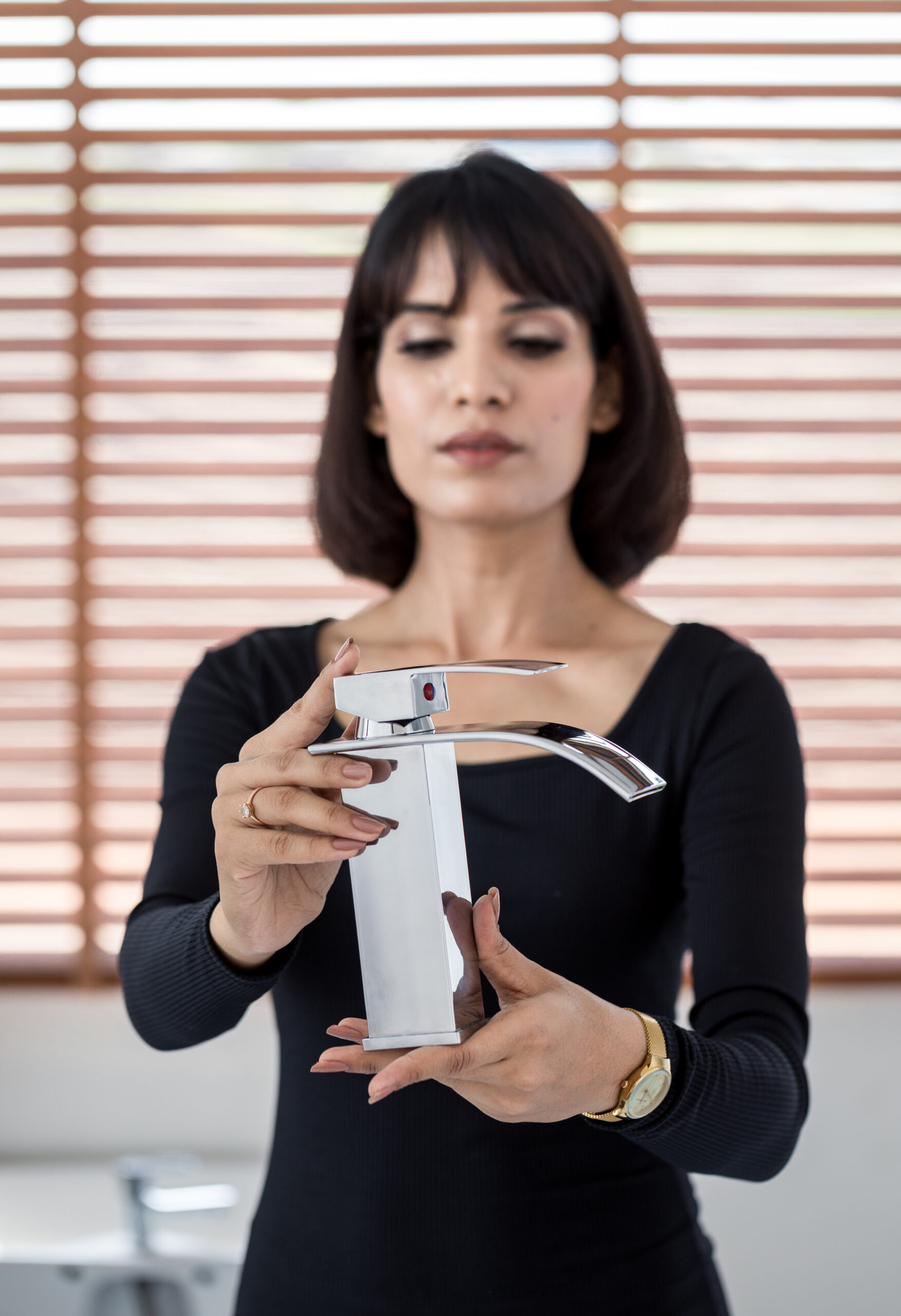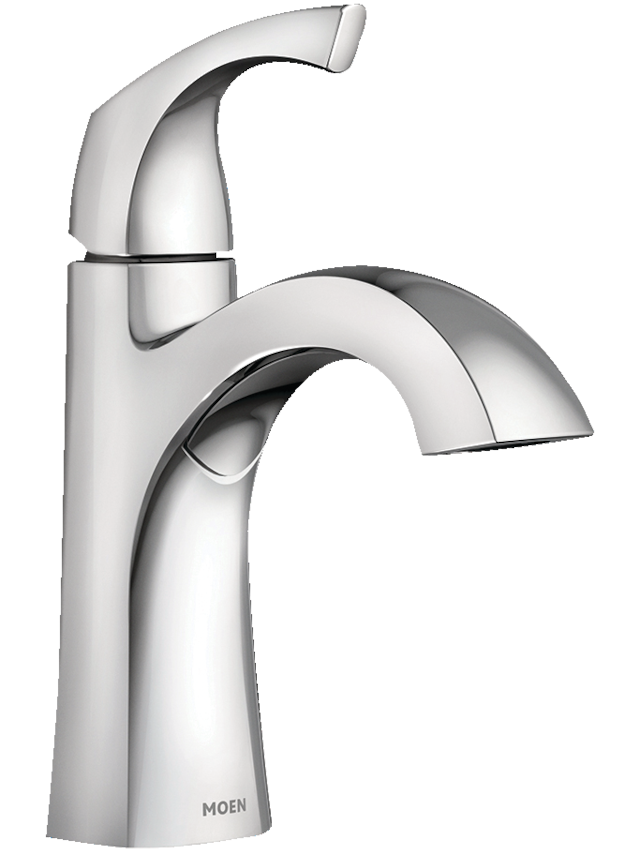If you've noticed a decrease in water pressure when using your bathroom sink faucet, you're not alone. This is a common issue that can be frustrating and inconvenient. Not only does it take longer to fill up a sink or wash your hands, but it can also affect the performance of other bathroom fixtures. In this article, we'll explore the causes of low water pressure in bathroom sink faucets and provide solutions to help you fix the problem.Low Water Pressure in Bathroom Sink Faucet: Causes and Solutions
Before we dive into the solutions, it's important to understand the potential causes of low water pressure in a bathroom sink faucet. It could be due to a clogged aerator, a faulty valve, or even a problem with the main water line. Once you've identified the root cause, you can then take the necessary steps to fix the issue.How to Fix a Bathroom Sink Faucet with Low Water Pressure
If you're experiencing low water pressure in just one sink faucet, the first thing to check is the aerator. This small mesh screen at the end of the faucet can become clogged with mineral deposits over time, causing a decrease in water flow. Simply unscrew the aerator and clean it with a mixture of water and vinegar. If the issue persists, you may need to replace the aerator altogether.Troubleshooting Low Water Pressure in a Bathroom Sink Faucet
Aside from a clogged aerator, there are a few other common reasons for low water pressure in bathroom sink faucets. These include a faulty shut-off valve, a blocked water supply line, a malfunctioning pressure regulator, or a leak in the main water line. It's important to identify the specific cause in order to properly address the issue.5 Common Causes of Low Water Pressure in Bathroom Sink Faucets
If the problem lies with the shut-off valve, you can try opening it fully to see if that improves the water pressure. If not, you may need to replace the valve. In the case of a blocked water supply line, you can try flushing it out with water or using a plumbing snake to remove any debris. A malfunctioning pressure regulator can also be replaced to improve water pressure. However, if the issue is a leak in the main water line, it's best to call a professional plumber for assistance.How to Increase Water Pressure in a Bathroom Sink Faucet
In some cases, the water pressure in a bathroom sink faucet may be completely gone. This could be due to a blockage in the main water line, a faulty valve, or a malfunctioning pump. It's important to address this issue promptly, as it can cause significant inconvenience and disruption to your daily routine.Fixing a Bathroom Sink Faucet with No Water Pressure
If you're wondering why your bathroom sink faucet is not getting enough water pressure, the answer may lie in the plumbing system. It's possible that there is a blockage or leak somewhere in the system, causing a decrease in water flow. It's important to address these issues as soon as possible to avoid further damage and inconvenience.Why is My Bathroom Sink Faucet Not Getting Enough Water Pressure?
In order to properly diagnose and fix low water pressure in a bathroom sink faucet, it's important to understand how the plumbing system works. This includes knowing the location of shut-off valves, pressure regulators, and other key components. Once you have a good understanding of the system, you can then troubleshoot and fix any issues that may be causing the low water pressure.How to Diagnose and Fix Low Water Pressure in a Bathroom Sink Faucet
In some cases, low water pressure in a bathroom sink faucet can be resolved with simple solutions. These may include replacing a faulty aerator, cleaning out a clogged supply line, or adjusting a shut-off valve. It's always a good idea to try these solutions first before calling a professional plumber.Simple Solutions for Low Water Pressure in a Bathroom Sink Faucet
If you're experiencing no water pressure in your bathroom sink faucet, it's important to act quickly to avoid further damage and inconvenience. The first step is to check for any blockages or leaks in the plumbing system. If the issue cannot be resolved with simple solutions, it's best to call a professional plumber who can accurately diagnose and fix the problem. In conclusion, low water pressure in a bathroom sink faucet can be a frustrating and inconvenient issue. However, with a bit of troubleshooting and the right solutions, you can get your water pressure back to normal in no time. Remember to properly maintain your plumbing system and address any issues promptly to avoid future problems.How to Troubleshoot and Fix a Bathroom Sink Faucet with No Water Pressure
A Common Problem: Bathroom Sink Faucet No Pressure

When it comes to house design, the bathroom is often an overlooked space. However, it is one of the most important rooms in a home and deserves just as much attention as any other area. Unfortunately, even the most well-designed bathrooms can encounter issues, such as a bathroom sink faucet with no pressure. This common problem can be frustrating and inconvenient, but with the right knowledge and solutions, it can be easily resolved.
The Cause of No Pressure

Before we delve into the solutions, let's first understand why this problem occurs. There are several reasons why a bathroom sink faucet may have no pressure:
- Mineral deposits in the aerator: Over time, minerals from hard water can build up in the aerator, restricting water flow.
- Clogged pipes: Debris, hair, and other materials can clog the pipes, reducing water pressure.
- Malfunctioning valve: The valve that controls the water flow may be damaged or broken, causing low or no pressure.
Solutions for No Pressure

Now that we know the possible causes, let's explore some solutions for a bathroom sink faucet with no pressure:
- Clean the aerator: The first step is to unscrew the aerator from the faucet and clean it thoroughly. Soaking it in vinegar can help dissolve any mineral deposits.
- Clear the pipes: If the issue is a clogged pipe, using a plunger or a drain snake can help clear the blockage and restore water pressure.
- Replace the valve: If the valve is the culprit, it will need to be replaced. It's best to seek professional help for this task.
Preventing Future Issues

To avoid experiencing a bathroom sink faucet with no pressure in the future, there are a few preventative measures you can take:
- Use a water softener: Installing a water softener can reduce the amount of mineral buildup in your pipes and faucets.
- Regular maintenance: Regularly cleaning and maintaining your faucets can prevent issues from arising.
- Be mindful of what goes down the drain: Be conscious of what you are washing down the drain to prevent clogs.
By following these tips, you can keep your bathroom sink faucet running smoothly and avoid any future pressure issues.
In conclusion, a bathroom sink faucet with no pressure is a common problem that can be easily fixed. By understanding the causes and implementing preventative measures, you can ensure that your bathroom remains a functional and enjoyable space in your home.









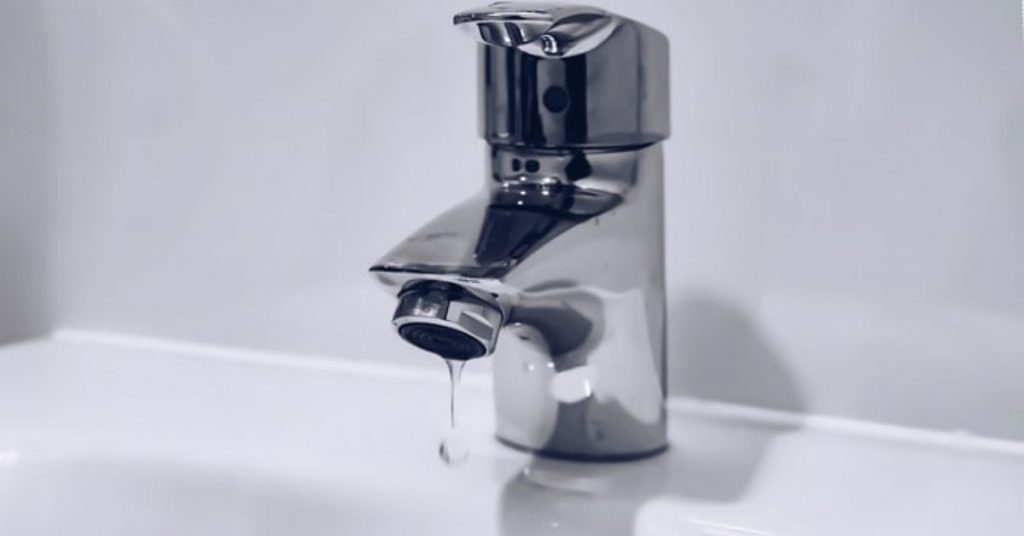






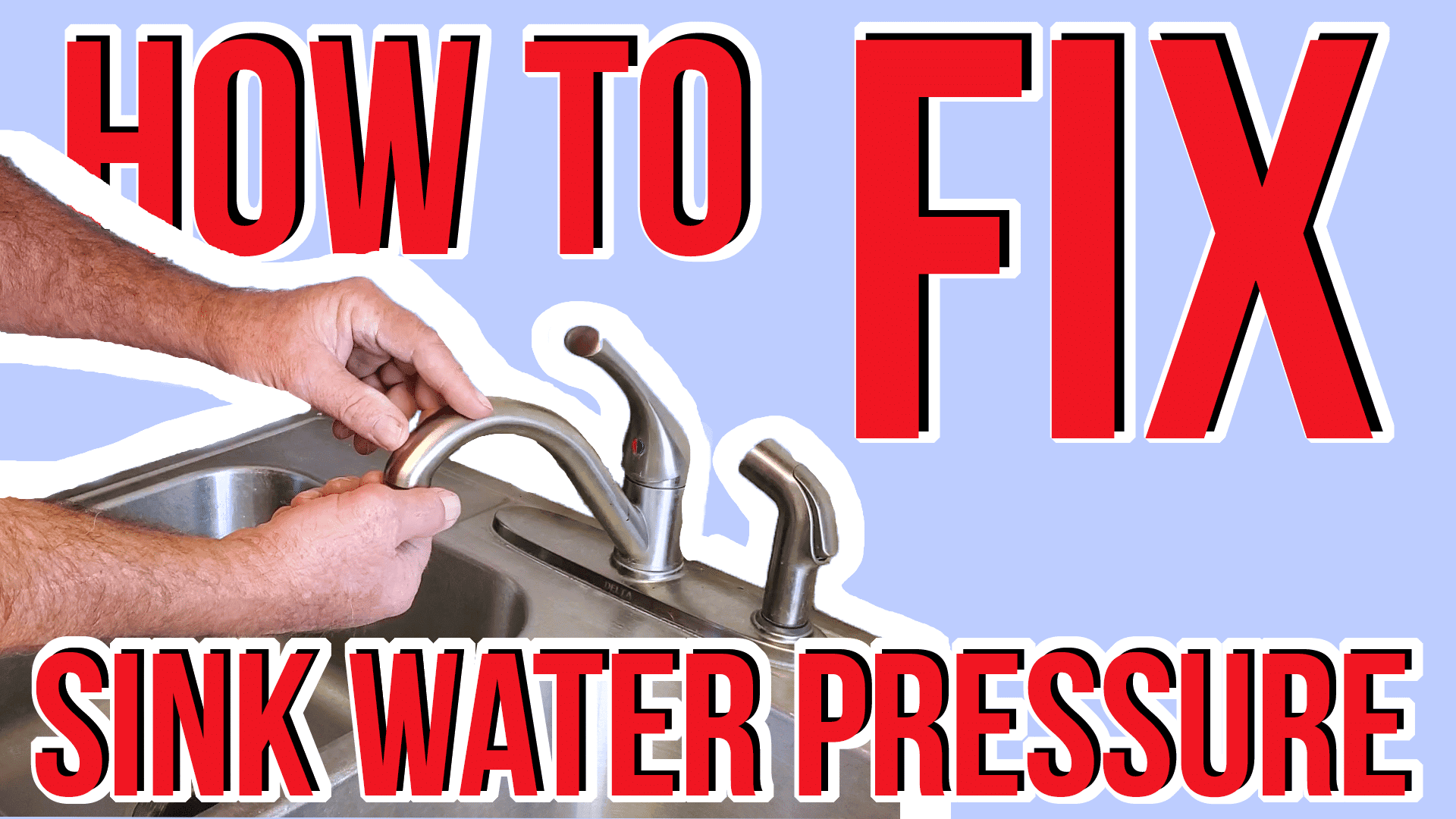











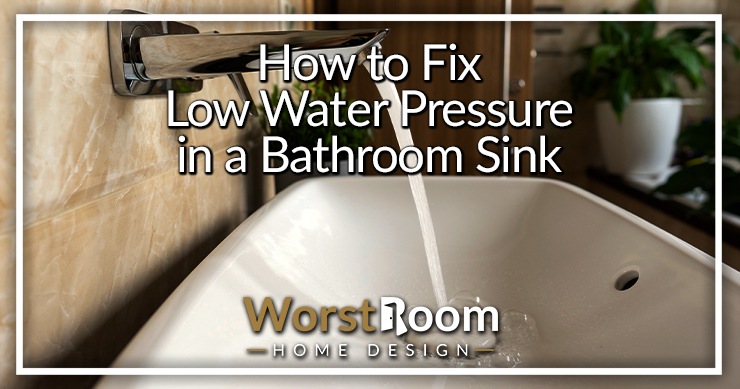

/low-water-pressure-2718732-05-99eb1816e88841c593aeeaaaf330085b.jpg)








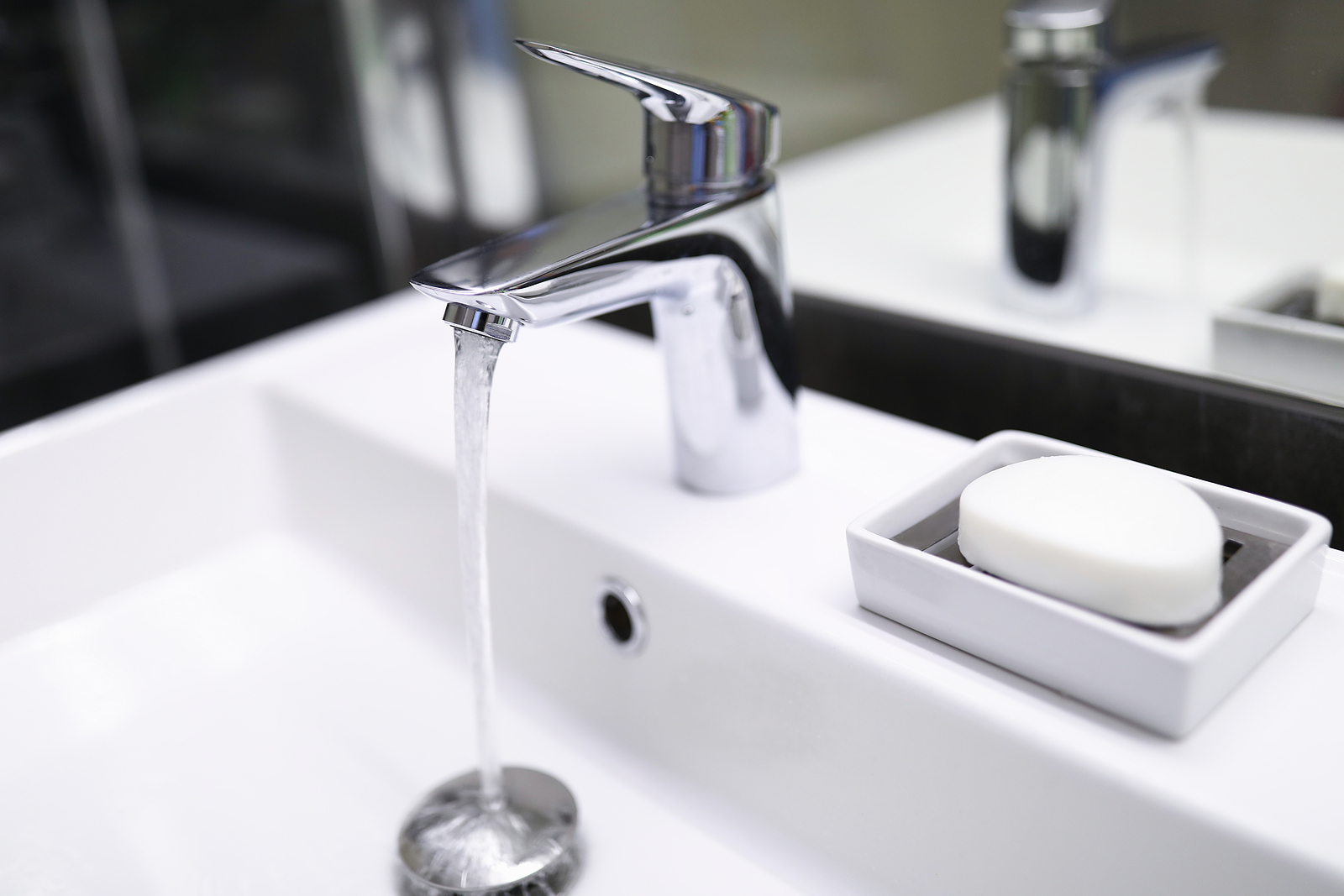
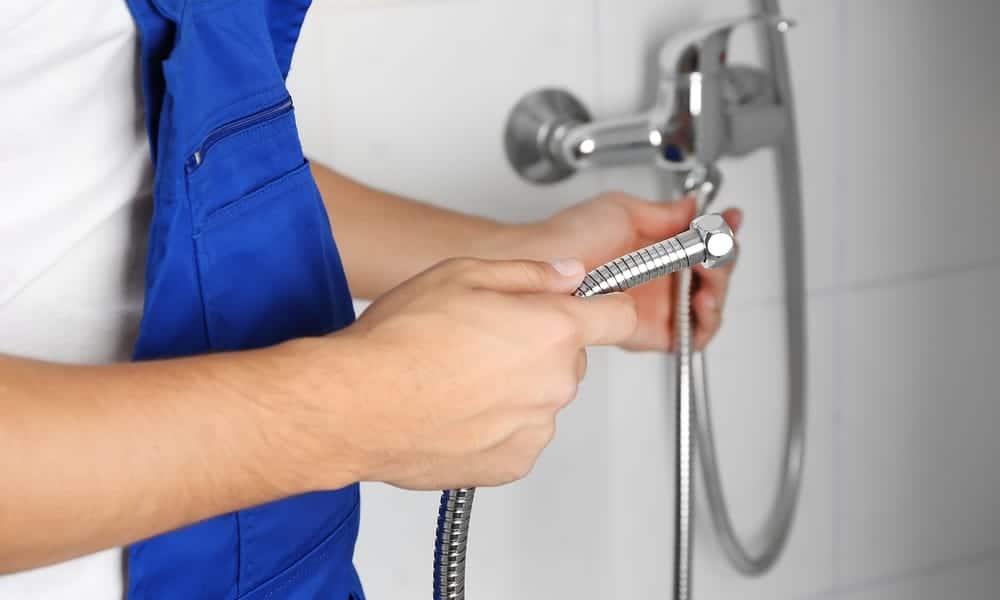







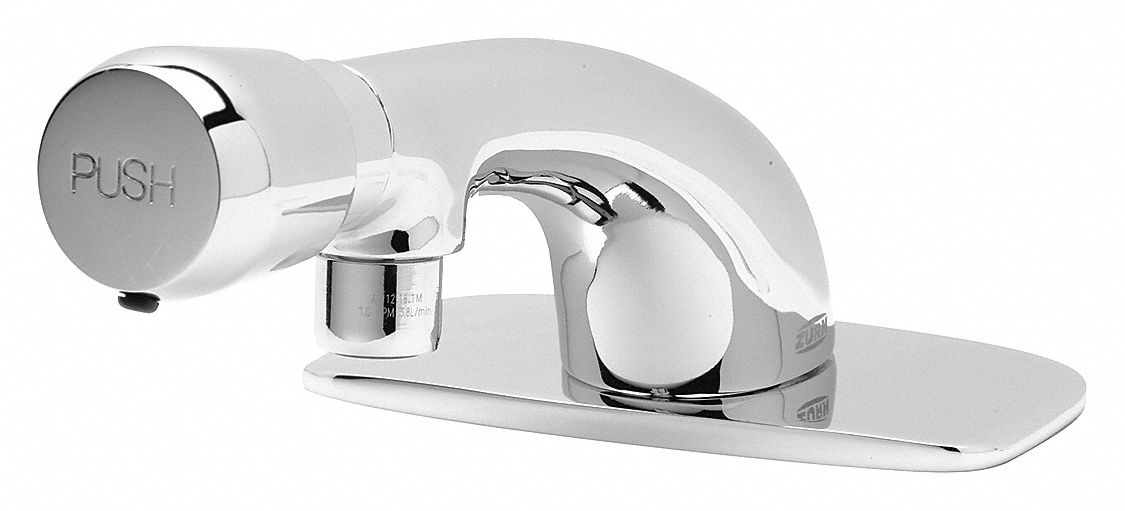





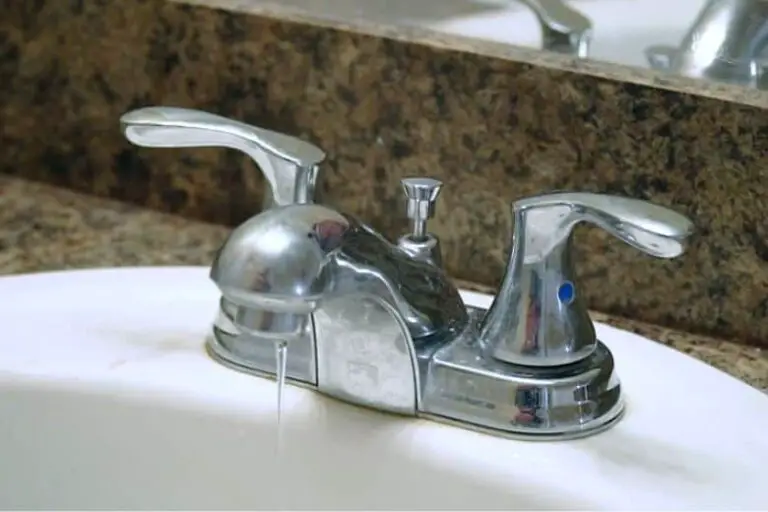
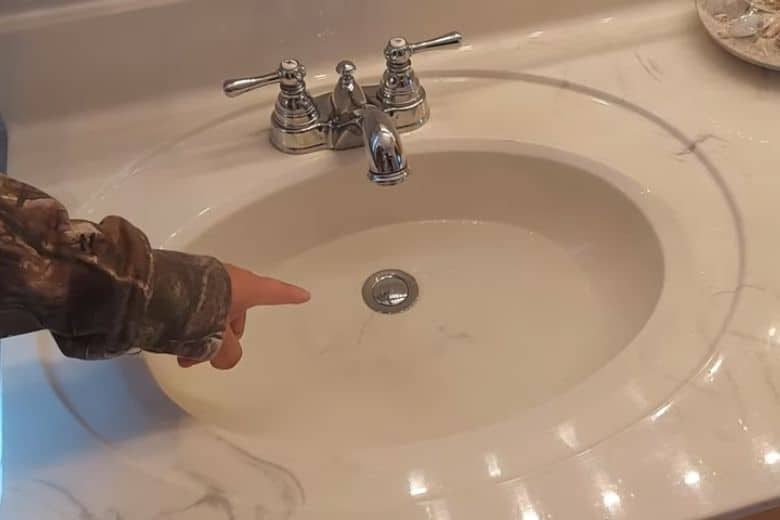
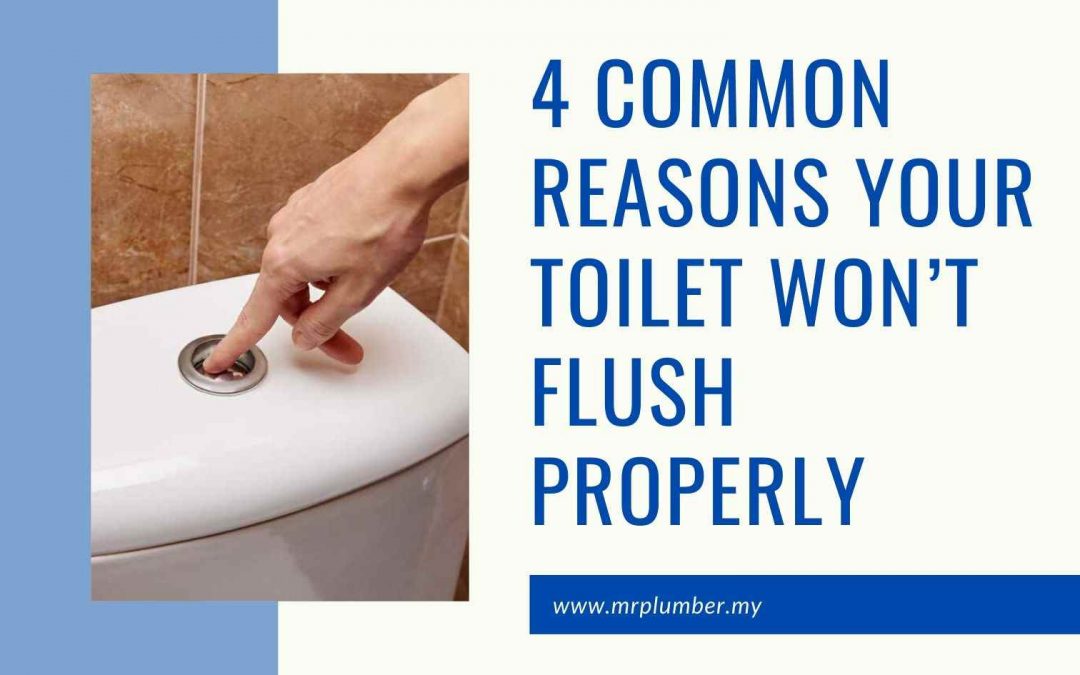







:max_bytes(150000):strip_icc()/increase-low-shower-pressure-4052359_FINAL_01-6ece340f72f74bf9ae59e4192b03c0bc.png)

